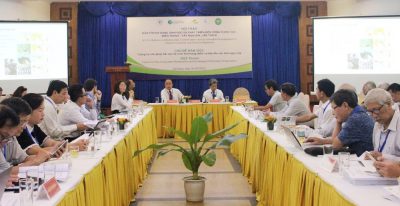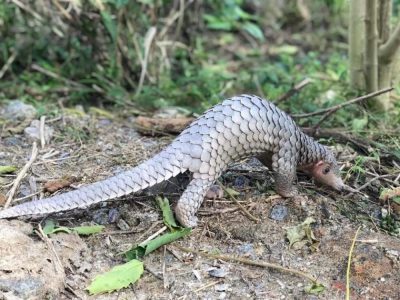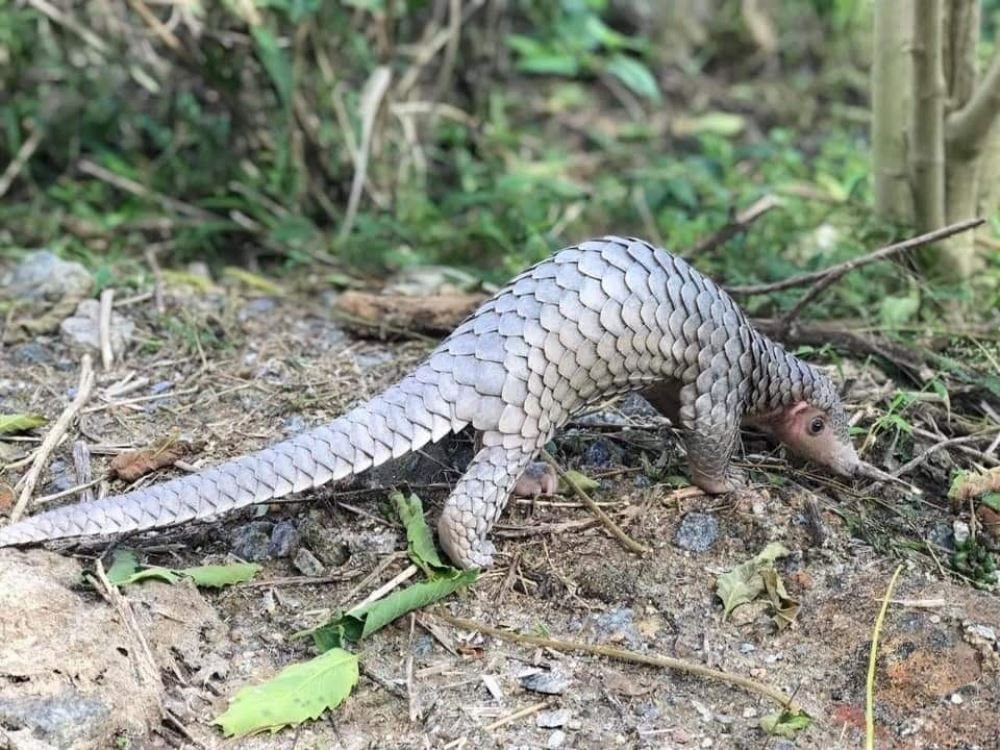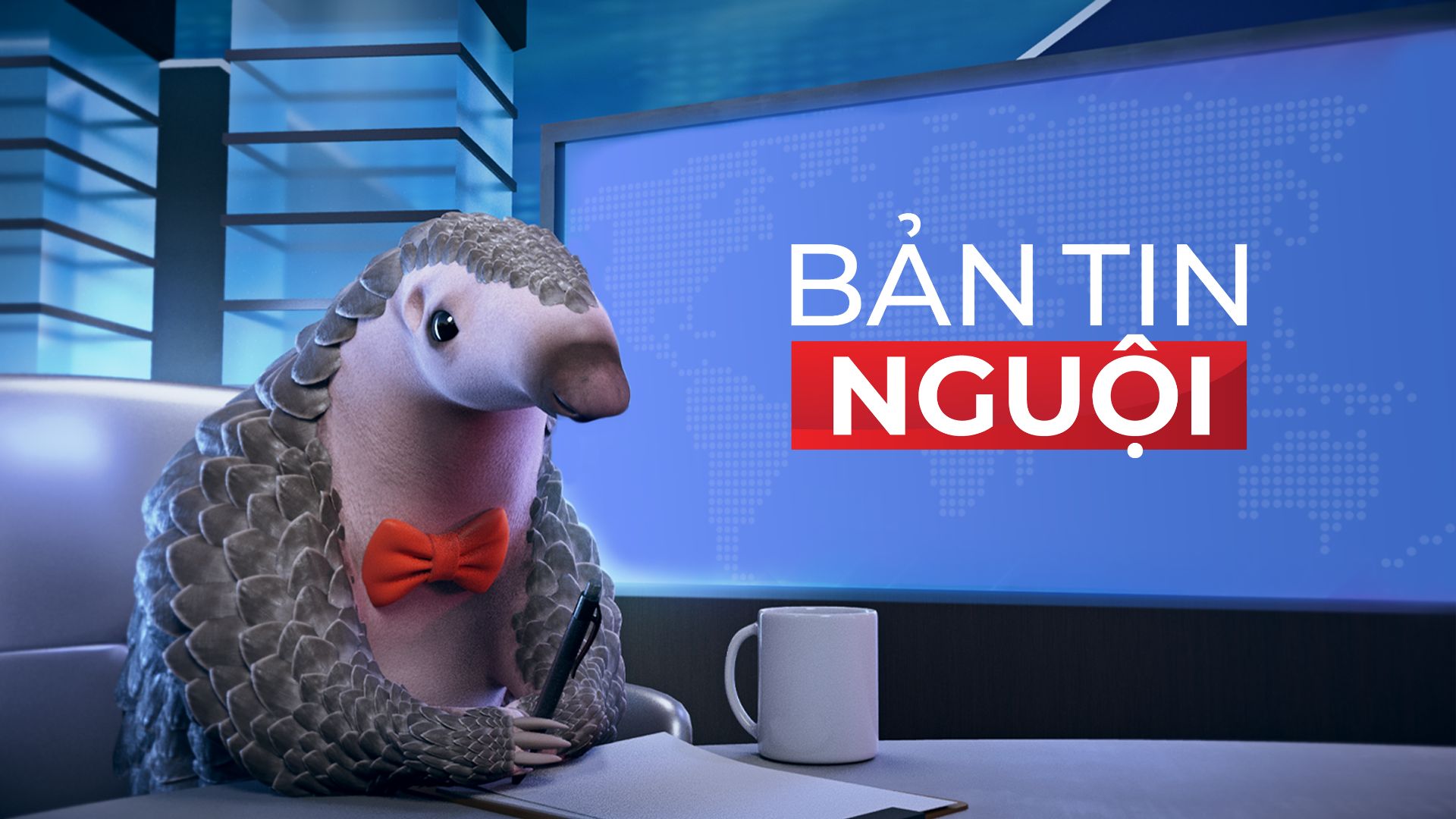BIODIVERSITY LOSS IN VIETNAM IS PROGRESSING OVER TIME
According to the Red Book of 2007, the number of species threatened with extinction is about 900 species but is now estimated to increase to more than 1200 species. Ecosystems and biodiversity (biodiversity) in Vietnam in general and the Central Highlands region are facing many challenges in the face of economic development pressure, illegal wildlife hunting and use. and CC.
On the morning of July 29, the Union of Science and Technology Associations of Da Nang City, the Green Viet Green Water Biodiversity Conservation Center (GreenViet) held a seminar on “Biodiversity conservation and sustainable development in Vietnam”. 3rd Central and Central Highlands region” with the theme “Future for restoration of key ecosystems and conservation of endangered species”.
The conference was attended by more than 150 domestic and foreign delegates, including scientists, conservationists, and managers from social organizations, authorities, universities, colleges, institutes, and centers. centers, communities and businesses.

This is the third time the Conference on Biodiversity has been held to discuss key ecosystem conservation solutions.
Vietnam has a high biodiversity, nearly 12,000 species of vascular plants, 330 secondary species, 918 bird species and subspecies, 517 reptile species, and nearly 3,000 fish species. The Central Highlands – South Central region alone has 36 key biodiversity areas (KBAs), more than 3.76 million hectares of natural forests, many centers of endemism for plants, birds, reptiles and amphibians with many special species. possess. Preliminary estimates of more than 5,000 plant species. There are at least 142 species of mammals, 448 species of birds, more than 120 species of reptiles and 84 species of amphibians.
However, with the main threatening pressures such as deforestation and habitat degradation, population decline, environmental pollution, epidemics, climate change, alien species, hunting, trapping… in which, the unreasonable use of resources has threatened 58.5% of plant species and 86.1% of animal species; agriculture and aquaculture activities threaten 52% of plant species and 39.3% of animal species; Residential and infrastructure development has threatened 49.3% of animal species. The number of globally threatened species distributed in Vietnam according to the IUCN Red List (2021) is 891 animal species and 367 plant species.

The pangolin species currently listed in the Vietnam Red Book and the IUCN Red List is being seriously degraded due to human hunting activities.
According to Assoc. Dr. Vo Van Minh, Chairman of the Council of Da Nang National University of Education, said that in response to the global message “The decade 2021-2030 is the United Nations Decade for Ecosystem Restoration”, Vietnam together with Professional organizations and businesses have partnered with concrete actions in efforts to conserve endangered species, restore forests and oceans, and commit to zero emissions.
However, the commitments and efforts of the Government as well as relevant organizations and units are still not strong enough to prevent the impact of climate change in general as well as economic pressure with the mindset of exploiting natural resources to prevent climate change. get rich quick; projects to fill rivers, encroach on the sea to exploit the land fund indiscriminately; exploiting natural forests “hiding” under many different project names; rapidly developing mono-species production forests; industrial development and discharge of pollutants into the environment.
Regarding the subjective cause, the resources for biodiversity management, forest management, and ocean management are still too thin compared to the responsibility. Meanwhile, the tricks to destroy the natural environment for profit are too strong. On the other hand, the role of the community in natural resource and environmental management is still limited.

An illegal coral exploitation case at Ly Son Marine Protected Area was discovered by functional forces
Sharing the same opinion, Prof. Dr. Nguyen Quang Truong, Deputy Director of the Institute of Ecology and Biological Resources (IEBR) also said that over the past time, Vietnam has made many efforts to protect natural ecosystems through specific policies and solutions such as the establishment of a series of nature reserves, biosphere reserves, etc. as well as a range of programs to protect elephants, primates, and coral reefs. However, we are facing many challenges of ecosystem degradation in the face of pressure of economic development, illegal hunting and use of wildlife and climate change… Worryingly, the threat level has also increased over time. time. According to the 2007 Red Book, the number of species threatened with extinction is about 900 species but is now estimated to increase to about 1200 species. Some of them are officially extinct, such as the one-horned rhinoceros.
“Besides the good implementation of the provisions of the law on the protection of natural ecosystems, endangered species of flora and fauna also need the cooperation of all levels of government and people by specific actions such as not using products from wildlife, protecting the habitat of species, reducing energy use…” – Prof. Dr. Nguyen Quang Truong shared.
At the conference, the delegates also shared many effective solutions and models in the conservation of wildlife and important ecosystems such as the conservation model of Gray-shanked Douc species at Kon Ka Kinh National Park (Gia Lai); conservation of sea turtles at Nui Chua National Park (Ninh Thuan); restore the seagrass ecosystem in the Central region; mangrove ecosystem management in Binh Son (Quang Ngai).
Source: Tài nguyên và Môi trường








